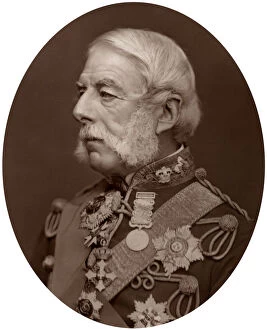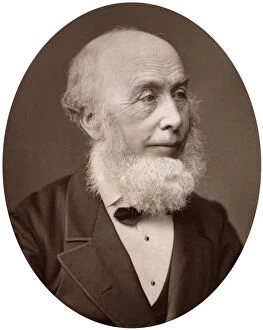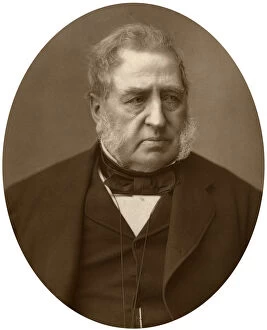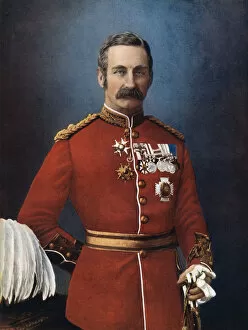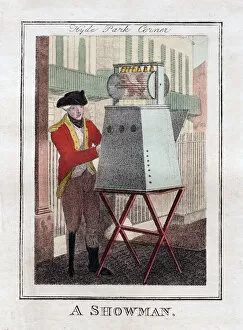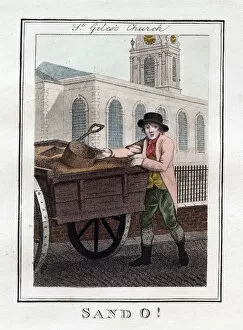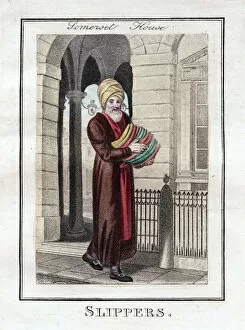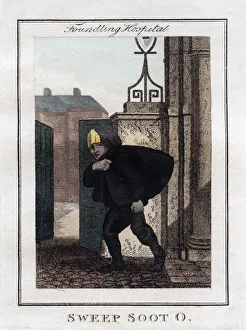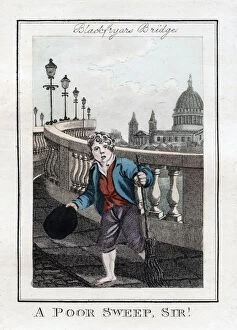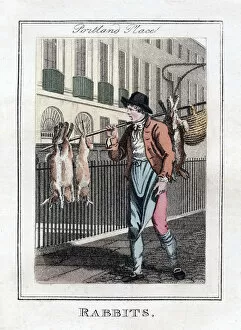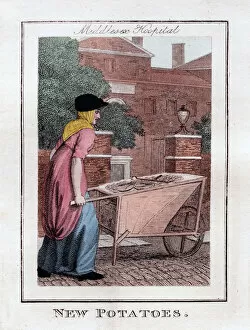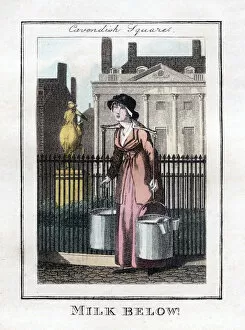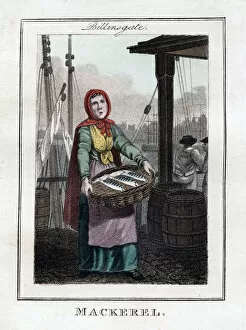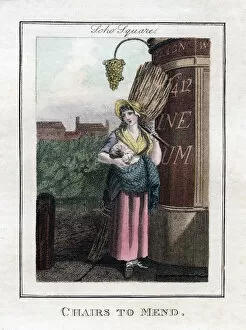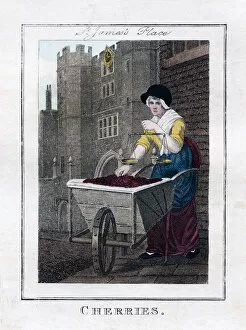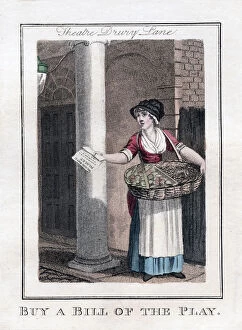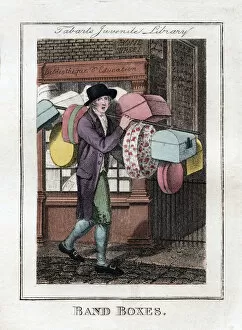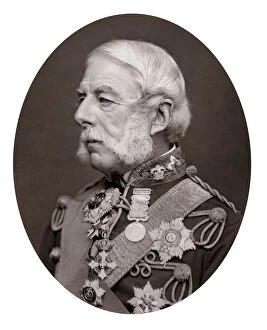Sir Richard Collection (#2)
"Sir Richard: A Tale of Loyalty, Invention, and Royalty" In the vibrant lithograph titled "The Rescue of the Lea
All Professionally Made to Order for Quick Shipping
"Sir Richard: A Tale of Loyalty, Invention, and Royalty" In the vibrant lithograph titled "The Rescue of the Lea, " we witness a thrilling scene unfold as brave individuals come together to save Sir Richard from peril. The captivating engraving "Prize Animals at the Royal Agricultural Society's Show at Leeds" showcases Sir Richard's passion for agriculture and his dedication to showcasing excellence in farming. One cannot speak without mentioning Catherine Douglas, whose loyalty is immortalized in Mr. Redgrave's fresco. In this powerful artwork, Catherine fearlessly bars the door, symbolizing her unwavering devotion to protect Sir Richard during their time in Scone. Richard Redgrave himself captures our attention with his compelling portrait from the 1860s. His artistic talent shines through as he skillfully portrays various subjects throughout history. One such example is seen in his printers sample for the World Inventors souvenir album featuring Sir R. Arkwright, highlighting innovation and ingenuity. As we step into the Water-Colour Galleries depicted by A Reid in 1881, we are transported to a world where art comes alive with vivid hues and breathtaking landscapes. This gallery serves as a testament to Sir Richard's appreciation for beauty and creativity. Throughout history, wise counsel has guided many great minds towards success. M Watson-Williams' thought-provoking piece "If Thou Wilt Listen To Advice. . " reminds us that even someone as accomplished as Sir Richard was open to learning from others' wisdom. Turning our gaze towards significant moments in British history captured by renowned artists like Vernon Heath and WS Stuart allows us glimpses into royal life intertwined with that of Sir Richard. From witnessing The Prince and Princess of Wales with infant Prince Albert Victor to observing King George V and Queen Mary shortly after their marriage - these images remind us that greatness often walks hand-in-hand with noble lineage.





